Apple's latest hardware announcement is not just another incremental update. It is a bold statement about the future of computing. Apple has introduced its most powerful chip architecture yet, representing what could be the biggest performance leap since the original M1. This is not simply about faster processors; it is about reimagining how artificial intelligence weaves into everyday tasks. The new M5 chip powers three flagship devices that together show Apple's push for AI-first computing across professional workflows, creative apps, and immersive experiences.
What makes the M5 chip a game-changer?
So what actually changed under the hood? Apple's M5 marks a shift in design philosophy. Built using third-generation 3-nanometer technology, the focus is not just more transistors, it is about dedicated AI acceleration at every level of the architecture.
The specs back it up. The M5 features a 10-core CPU with up to 20 percent faster multithreaded performance than M4, and its graphics architecture is the headline. Each of the 10 GPU cores includes a dedicated Neural Accelerator, a "next-generation" approach to AI processing that enables up to 4x peak GPU compute performance and up to 3.5x faster AI performance over the M4 chip.
Memory gets a lift too. The M5 delivers 153GB/s unified memory bandwidth, a nearly 30% increase over M4, and supports up to 32GB of memory capacity. Working with large datasets, complex 3D renders, or AI model training, you feel fewer slowdowns and less waiting.
The breakthrough is how it is built. Instead of bolting AI hardware onto a system, Apple embedded neural processing into each GPU core. Apps can tap AI features without the penalty of shuttling data to a separate processor. Apply real-time image effects or run a local machine learning model, and the work happens where the data already lives. Fewer detours, more speed.
How the new MacBook Pro leverages M5 power
Apple's 14-inch MacBook Pro is the first Mac to showcase M5 capabilities, and the gains go beyond charts and bar graphs. The laptop starts at $1,599 and is 86x more powerful than Intel-based Macs in AI applications, a stat aimed squarely at Intel's AI-focused Core Ultra lineup.
Storage gets a real-world bump. The SSD in the new MacBook Pro is 2x faster than the previous generation, with options up to 4TB storage (up from 2TB) and 32GB RAM maximum. If you juggle 4K video timelines or massive RAW catalogs, that means fewer external drives and less file shuffling.
Battery life keeps pace with power. The new MacBook Pro features up to 24 hours of battery life and improved SSD performance, so all-day work is realistic without finding a wall outlet. The chassis stays familiar, with three Thunderbolt 4 ports, HDMI-out, SD card slot and a 3.5mm headphone jack.
The impact shows up in daily rhythm. Scrub multiple 4K streams without proxies. Kick off a long compile, then keep working without the fans roaring. Efficiency gains let you push harder for longer without thermal throttling. That matters when running AI-accelerated apps that tend to run hot.
iPad Pro M5: Redefining mobile computing
The iPad Pro's M5 upgrade nudges it toward laptop-class performance in a tablet body. Apple pairs it with the new C1X modem (50% faster cellular) and N1 chip for Wi-Fi 7, Bluetooth 6, and Thread, giving it connectivity that feels like pro gear.
These updates fix practical pain points that kept the iPad Pro from replacing a laptop. Wi-Fi 7 brings steadier links in packed conference halls or busy cafés, and the faster cellular modem makes remote work less guessy when hotel Wi-Fi hiccups. Thread support also positions the iPad Pro as a potential smart home hub, an interesting evolution for a device known for content creation.
The display steps up too. The iPad Pro now supports Adaptive Sync and 120Hz external displays, which makes dual-monitor setups with high refresh rates actually viable. For color-critical photo edits or grading, that is a move toward desktop-style reliability.
Pricing stays familiar. The 11-inch iPad Pro benefits from the M5 upgrade and starts at $999, with configurations ranging from 256GB/12GB to 2TB/16GB. In short, Apple is still framing it as a legitimate laptop replacement for many users.
Vision Pro gets its biggest upgrade yet
The most intriguing M5 showcase might be the updated Vision Pro. The original headset was powered by Apple's M2 silicon, so the jump to M5 carries real weight for compute-heavy tasks.
Visual fidelity is the first thing you notice. The M5-powered Vision Pro displays 10 percent more pixels and allows 120Hz refresh rates, when compared to the past 100Hz limit. For anyone who felt motion sickness or eye strain before, the reduced judder and lag could be the difference between a quick demo and an hour of comfortable use.
AI features get faster too. AI-driven features such as Persona and spatial images are up to 50 percent faster, and battery longevity has been enhanced by approximately 30 minutes, providing up to 2.5 hours of normal usage and three hours of video playback. Apple also adds the Dual Knit Band, a hybrid of the Solo Knit and Dual Loop Bands, a quality-of-life tweak that answers early comfort complaints.
Put together, these changes attack the big three barriers to adoption: visual comfort, battery life, and fit. It is still a major investment, but the M5 version feels closer to the performance and usability people expect from a $3,499 device.
What this means for Apple's ecosystem strategy
The M5 launch is bigger than a round of product refreshes. By enabling on-device AI processing for LLMs and image generation, reducing cloud reliance while aligning with edge computing trends, Apple is pushing an AI model that runs where you work, not only in a data center.
That has clear advantages as AI becomes routine. On-device processing means snappier responses, stronger privacy, and less bandwidth burned. If you handle sensitive projects or work on shaky connections, those benefits show up immediately.
The strategy stretches into the cloud on Apple's terms. Apple plans to use M5 chips in AI cloud servers at Apple's Houston facility, unifying architecture from personal devices to data centers. That underpins Apple's Private Cloud Compute (PCC) initiative, where workloads run locally first, then scale to the cloud when needed.
This hybrid approach positions Apple against rivals like Intel, AMD, and Qualcomm who lean on cloud-dependent AI. Simple tasks stay on-device, while heavier jobs spill into Apple's cloud, all while maintaining consistent speed and privacy. Others will chase this playbook, but Apple's vertical integration gives it a head start.
Availability shows confidence in scale. Pre-orders for the new products start today via Apple's website, with products available worldwide beginning October 22. A fast rollout hints that supply constraints are under control across categories.
The M5 chip plants a flag for the next era of Apple silicon, where AI acceleration is not an add-on, it is built into every interaction. Considering an upgrade? The real question is not whether the gains matter, it is whether your current workflow can actually use everything Apple just shipped.




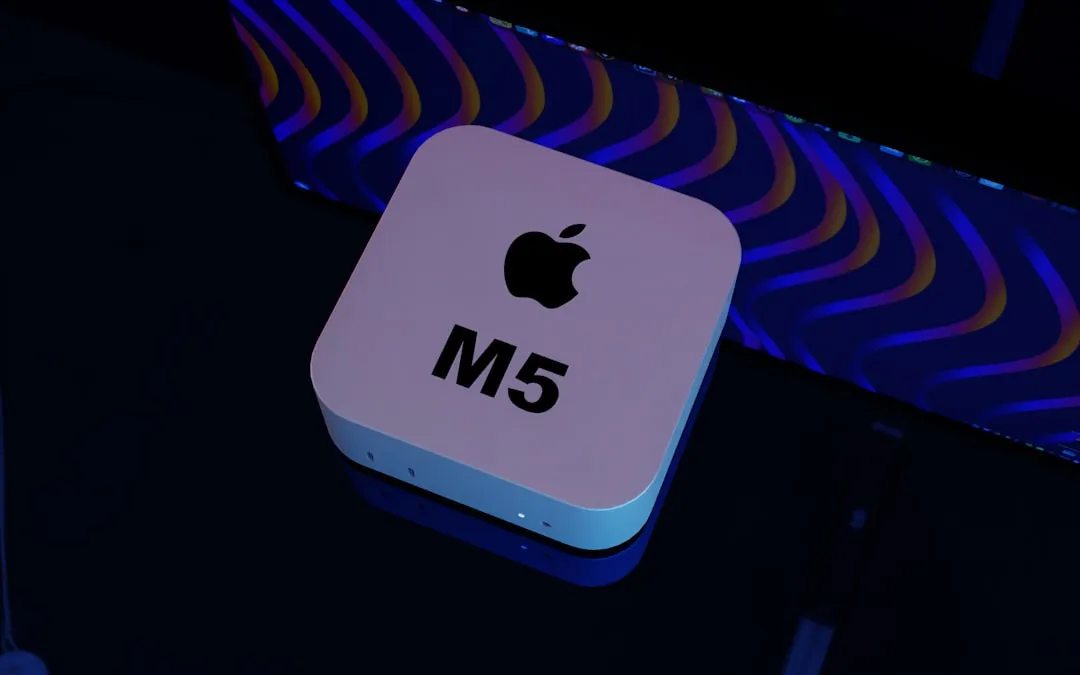
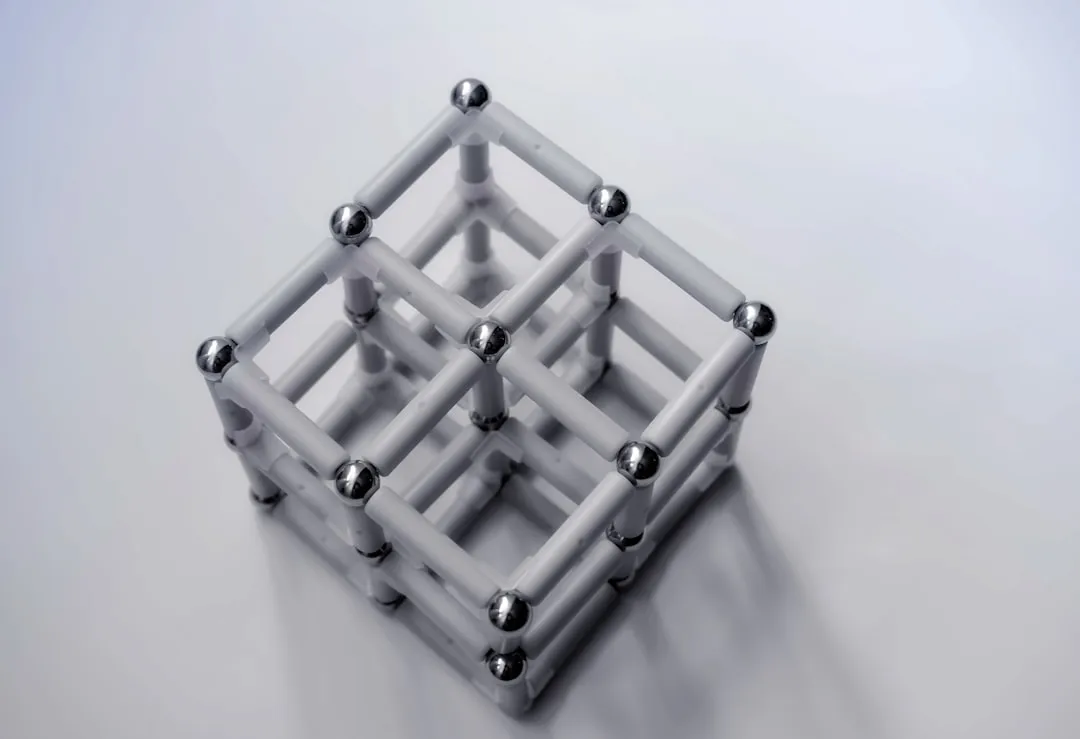


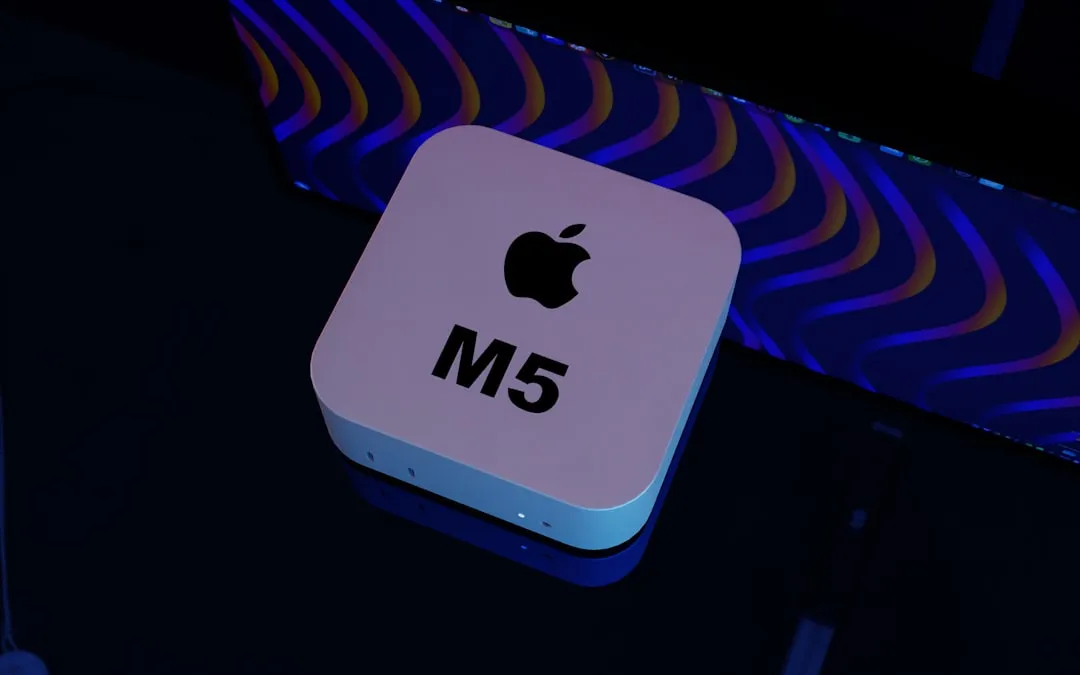
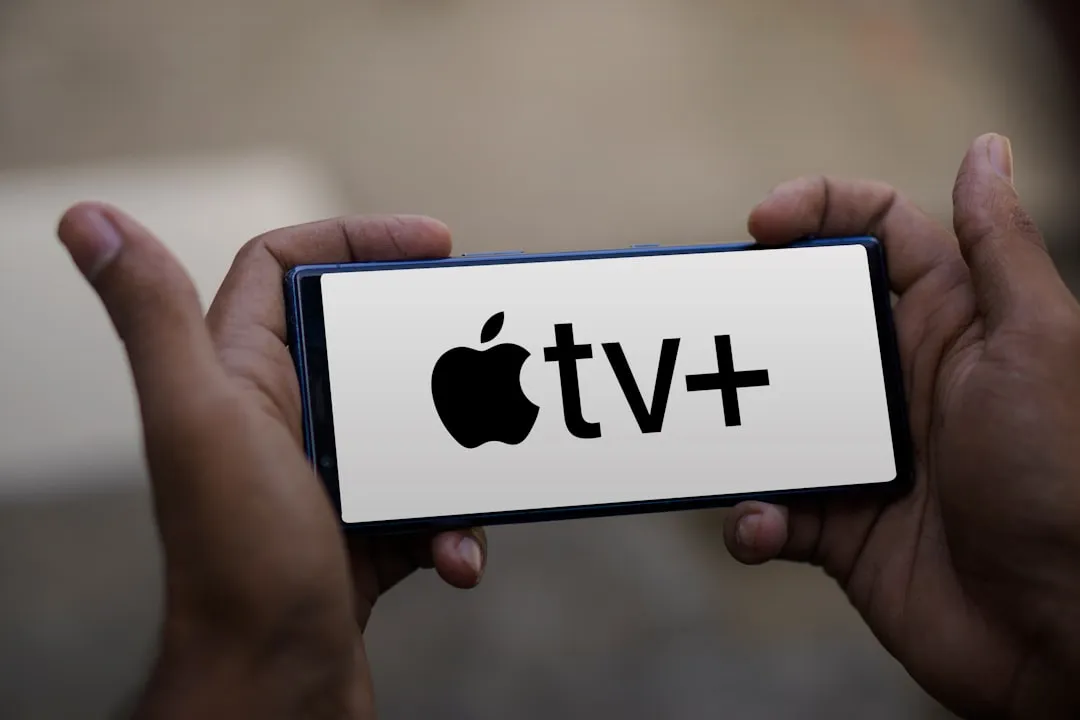

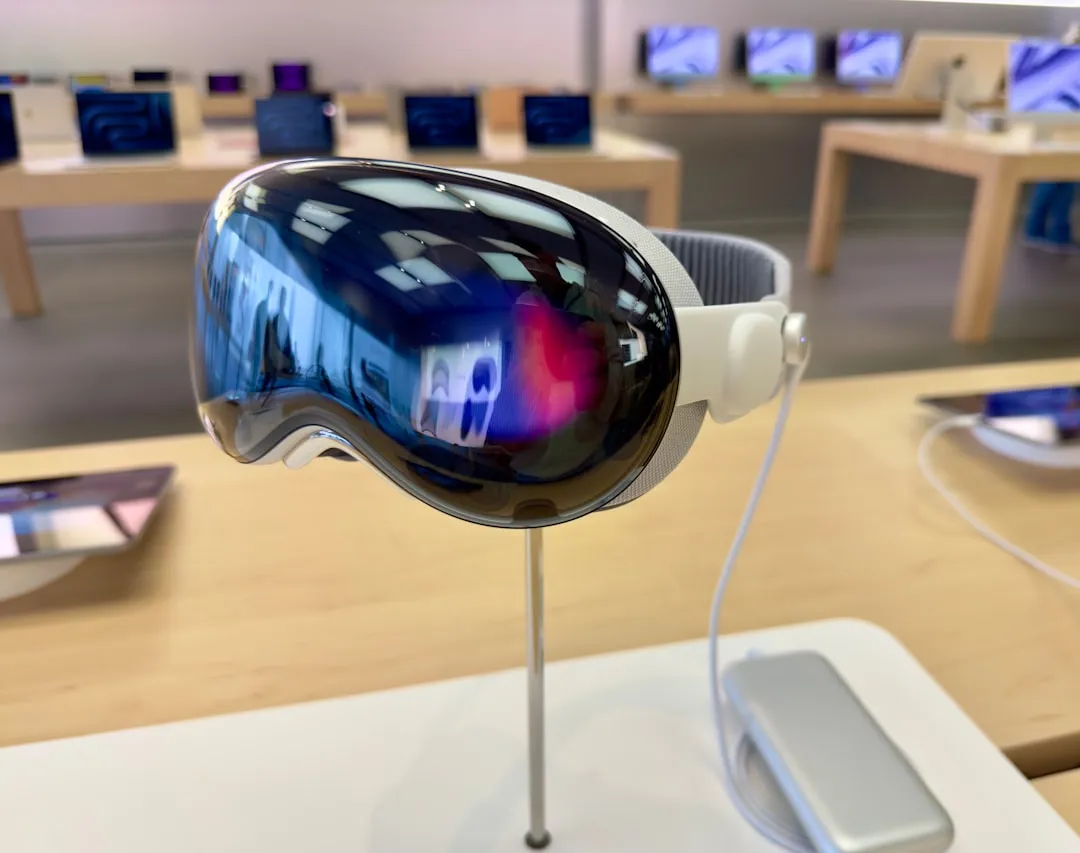
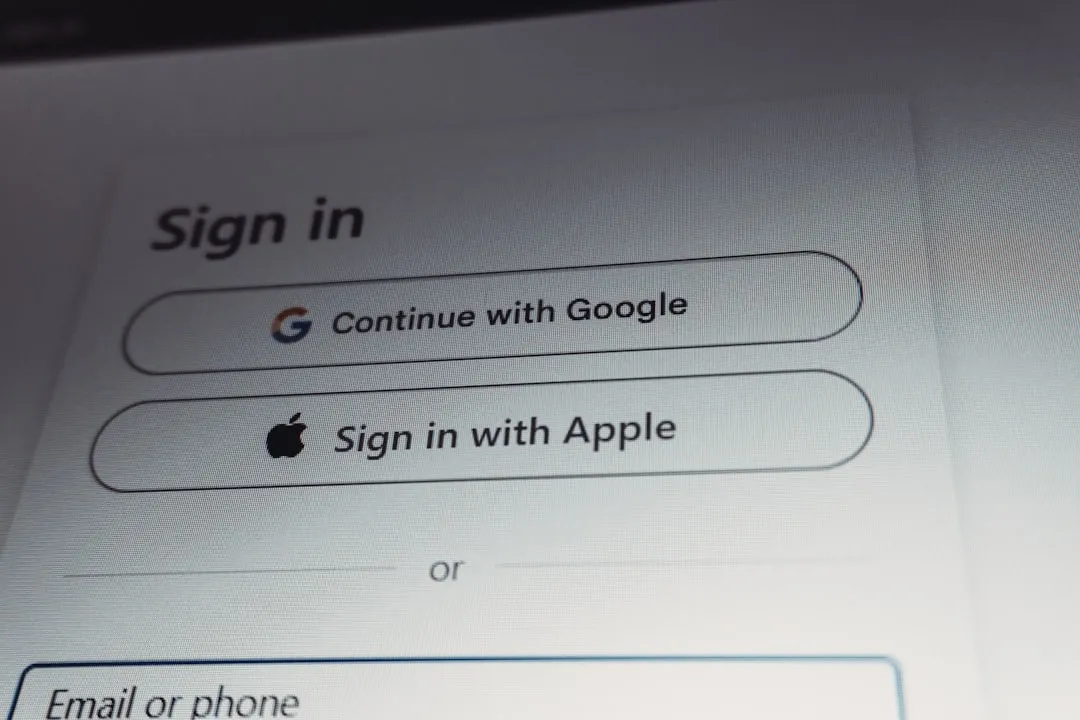
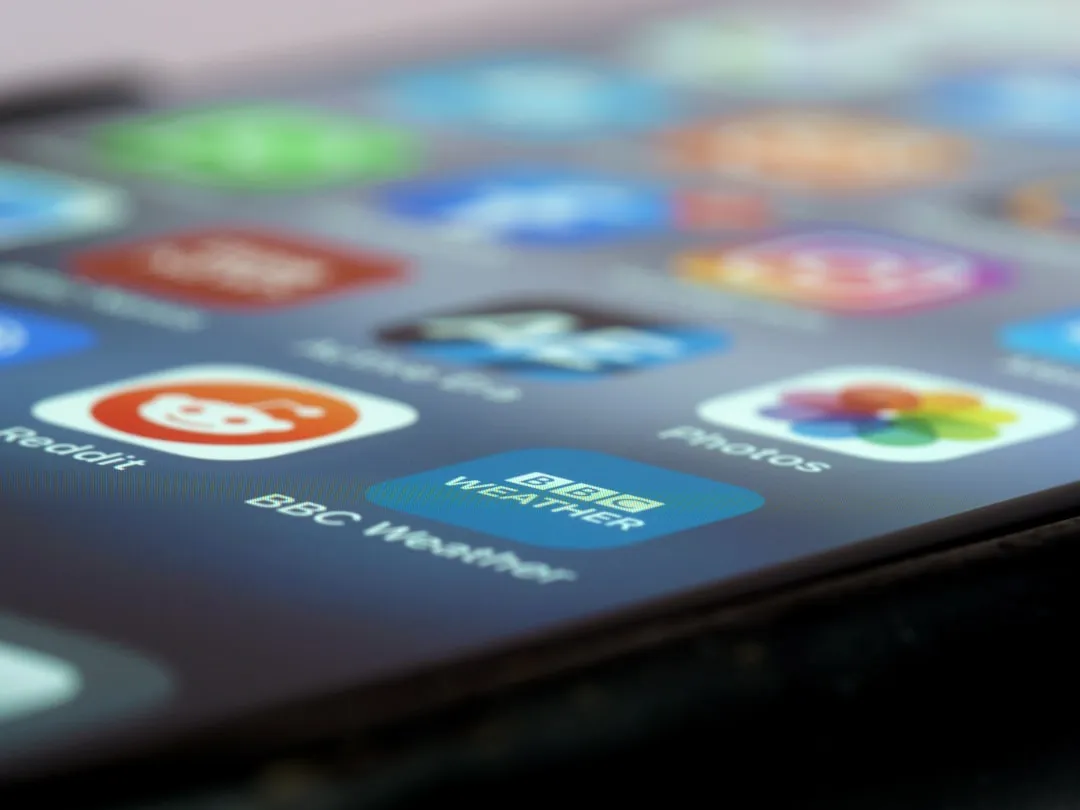
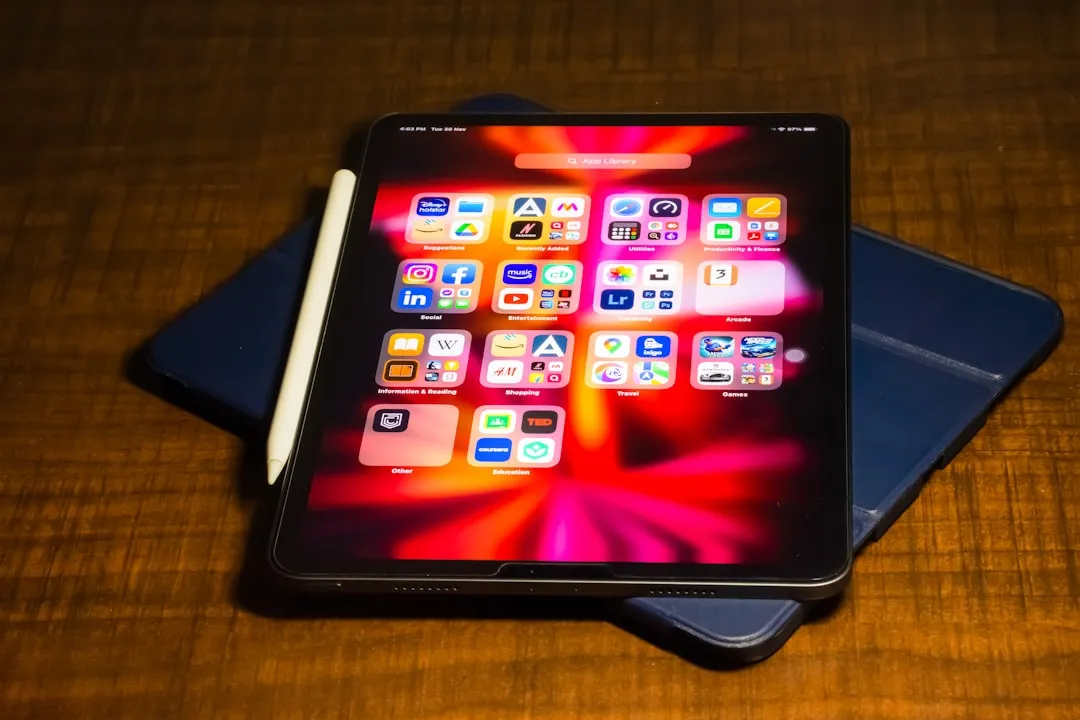
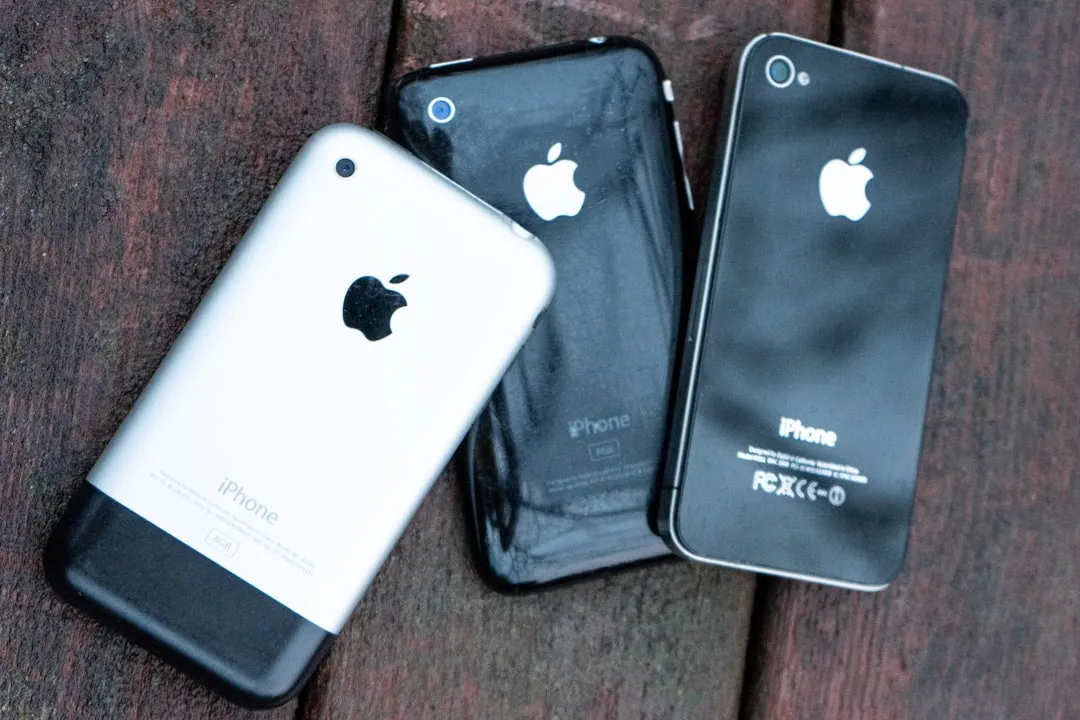
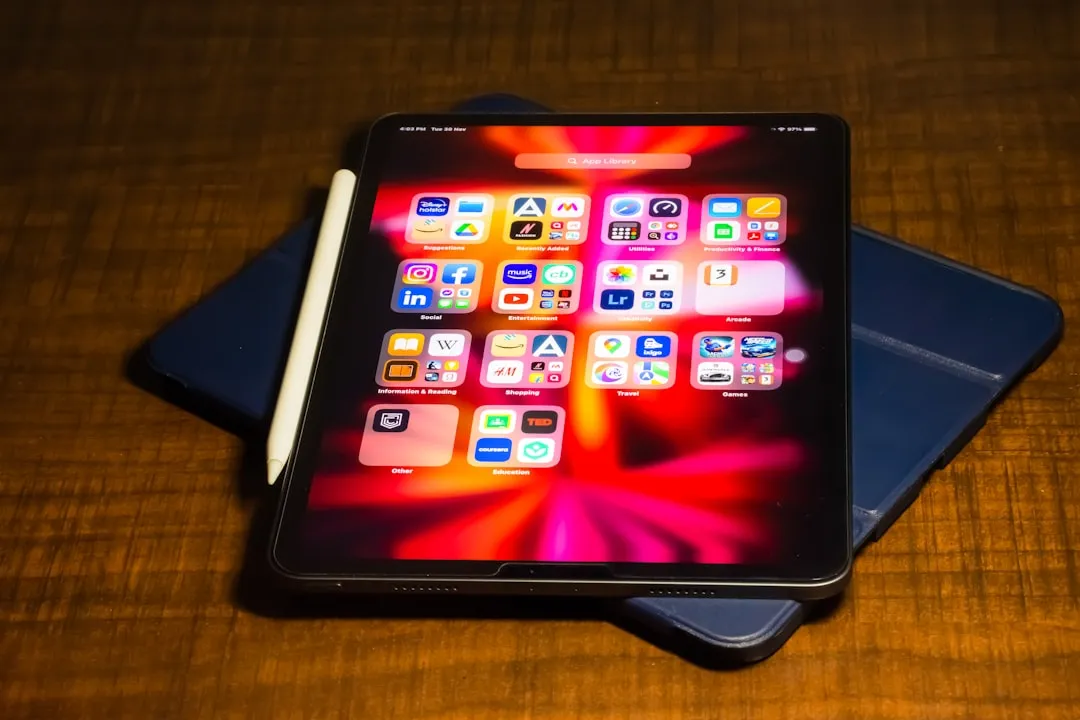

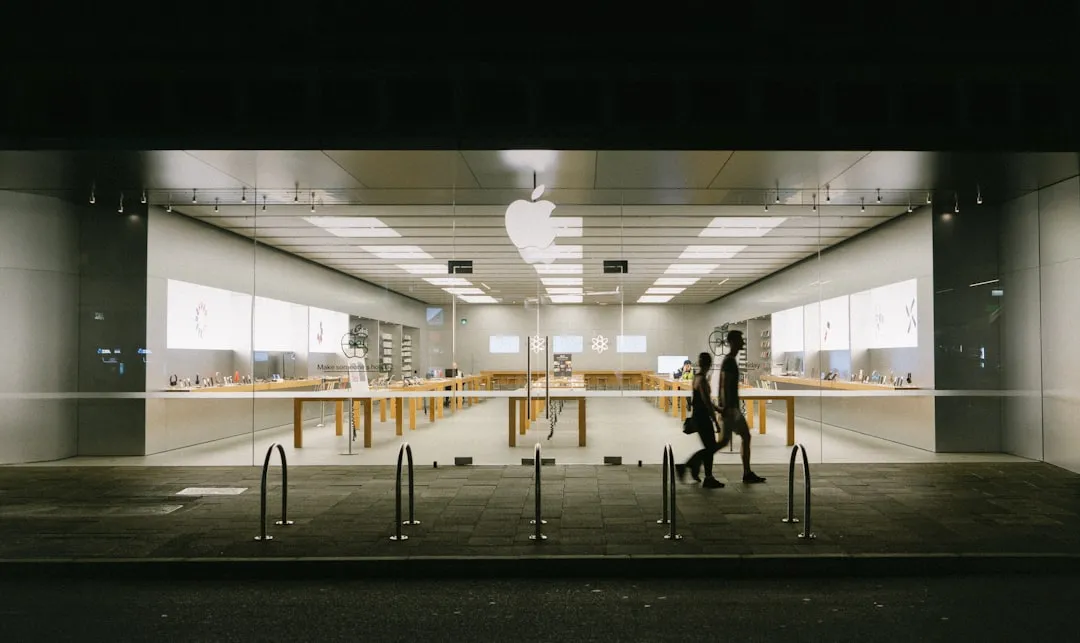
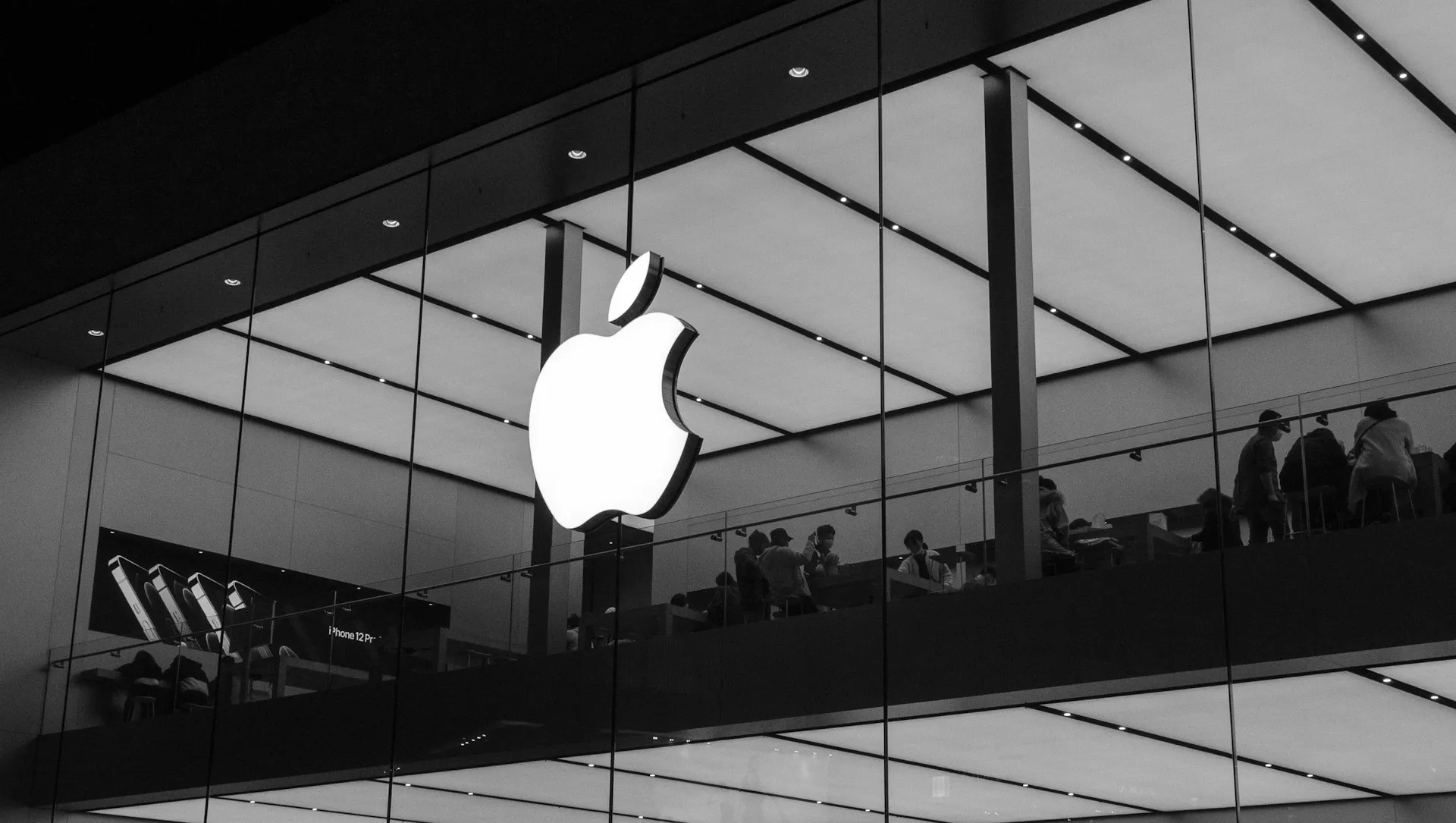
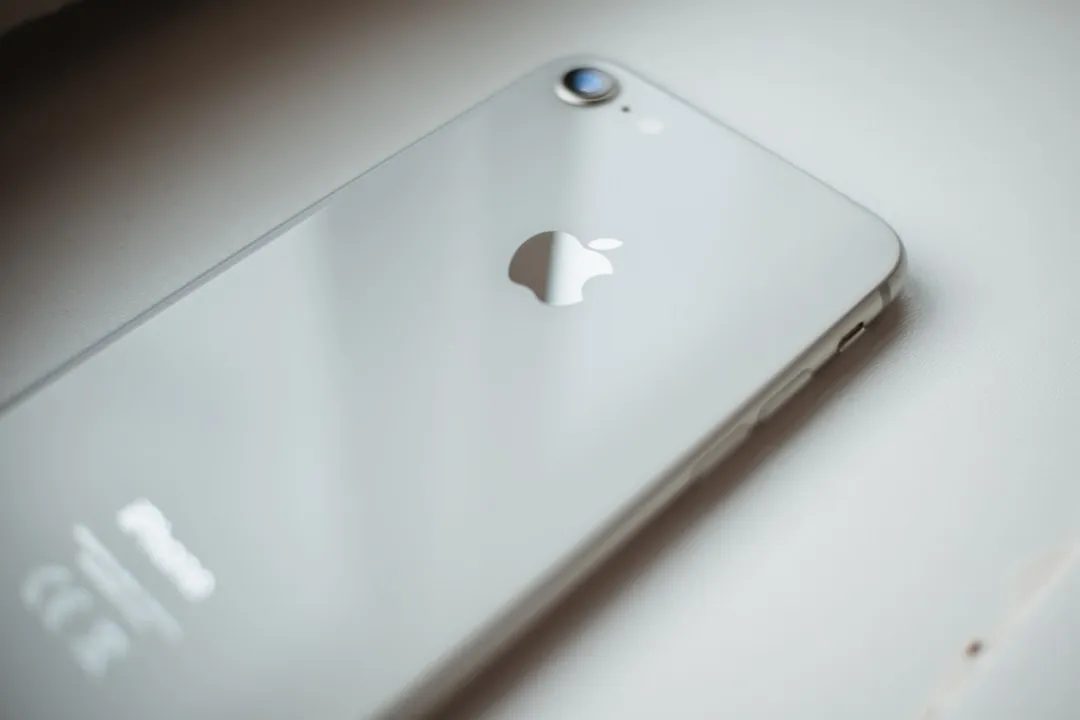

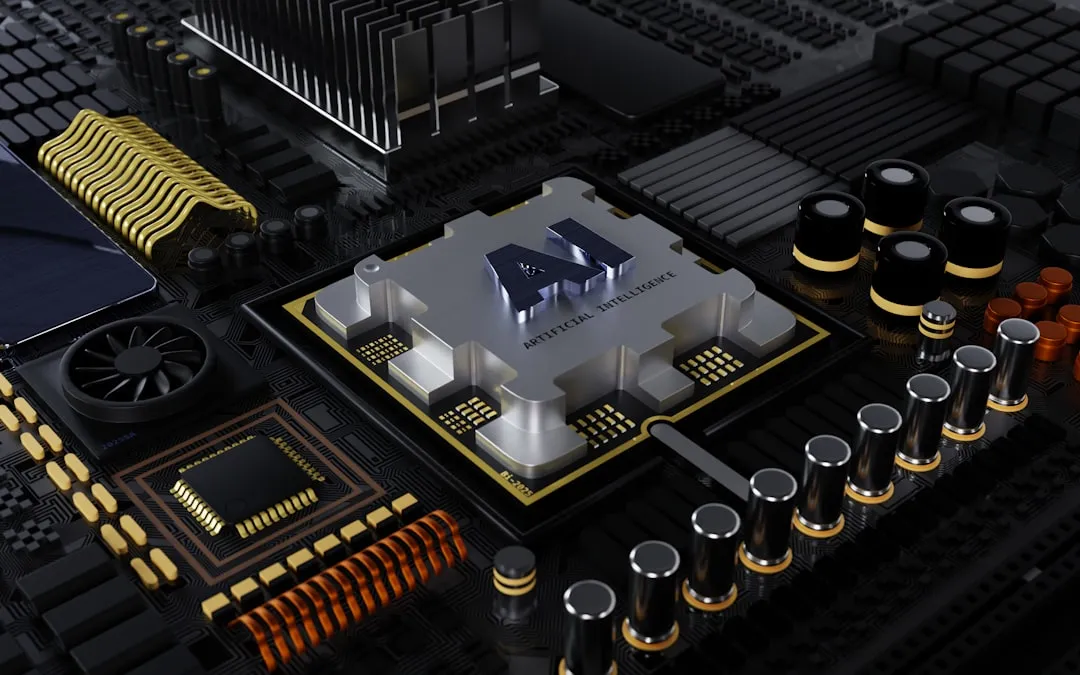
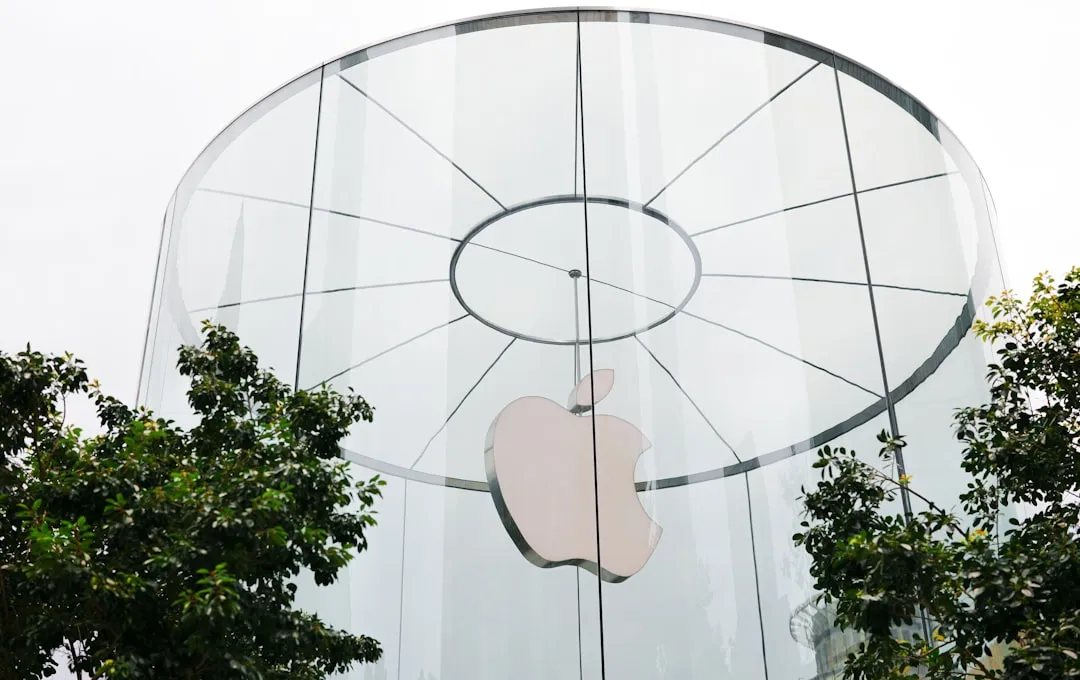

Comments
Be the first, drop a comment!